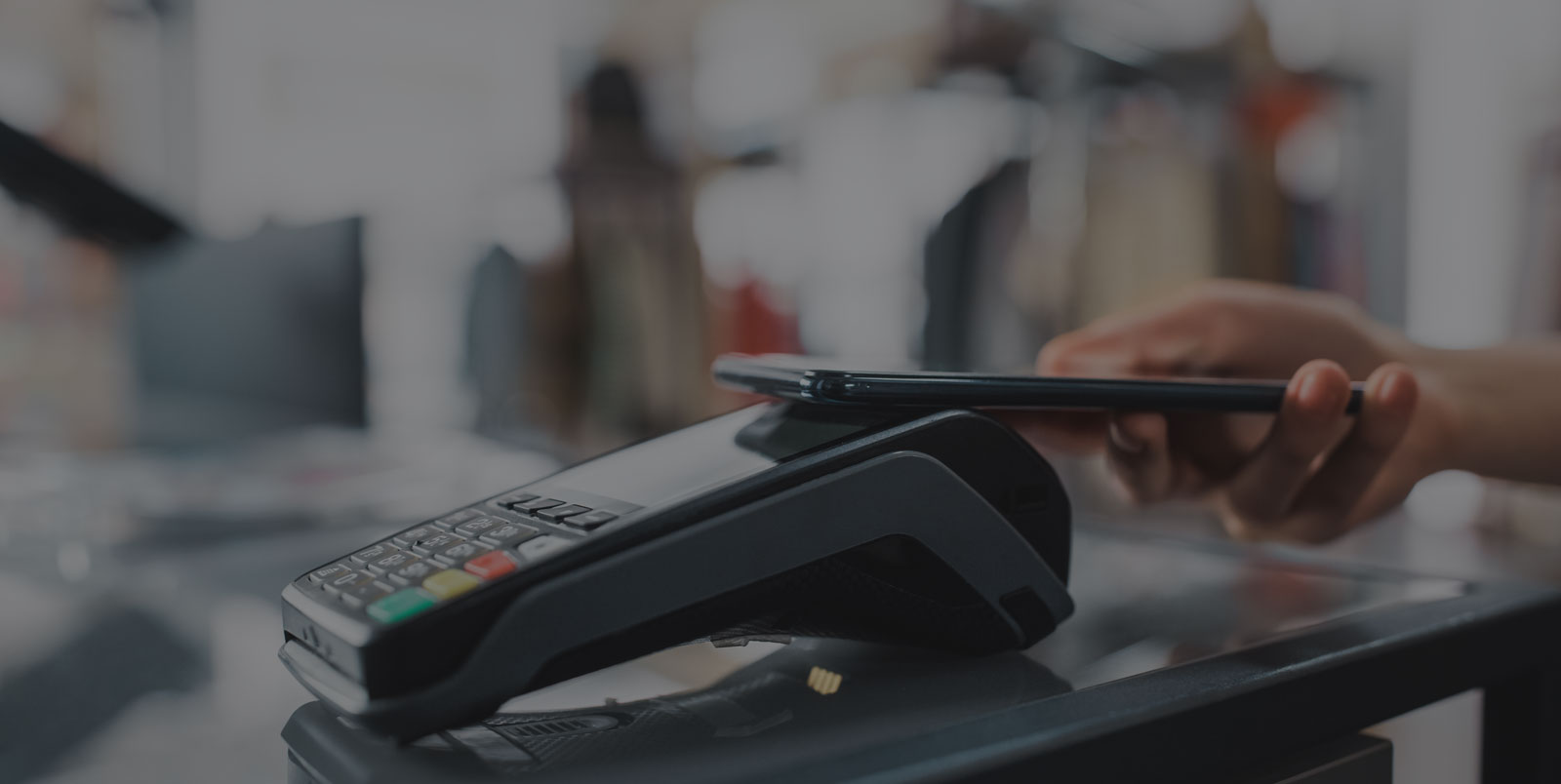
By Cindy Gardea April 9, 2024
Understanding the High-Risk Designation for Repair Merchant Accounts
Repair is a booming industry, with millions of Americans seeking help to improve their scores. As a result, there has been a rise in the number of repair companies and agencies offering their services. However, due to the nature of the business, repair merchants are often considered high-risk by banks and payment processors. This can make it challenging for these businesses to obtain a merchant account, which is essential for accepting debit card payments from their clients.
Many individuals are looking to improve their Credit scores.
Understanding Credit is essential for achieving financial goals.
Repair businesses often help clients improve their Credit health.
Having a good Credit score is vital for financial well-being.
Many seek services to repair their Credit issues.
Ensuring strong Credit management is key for success.
Credit solutions can greatly benefit consumers.
Understanding how to manage your Credit is essential.
Repairing Credit can lead to financial freedom.
Improving your Credit is attainable with the right steps.
Credit can be a complex subject to navigate.
Understanding how Credit affects your business is vital.
Achieving good Credit is a goal worth pursuing.
Many find that improving their Credit brings peace of mind.
Ensure your Credit history is accurate and up-to-date.
Many rely on professionals to help them repair their Credit.
Understanding your Credit can prevent future issues.
Maintaining good Credit practices is beneficial for growth.
Credit should be a priority for any business seeking success.
Credit issues can hinder your business’s potential.
Addressing Credit concerns is essential for growth.
Credit plays a crucial role in business operations.
Understanding your business’s Credit profile is vital.
Managing your Credit wisely can lead to success.
Every business should prioritize their Credit strategy.
Building a solid Credit foundation is essential.
Taking steps to improve your Credit can have lasting benefits.
Working on your Credit profile can enhance your business image.
Understanding how to fix your Credit is crucial for success.
So, what exactly does it mean to be designated as high-risk for repair merchant accounts? And how can repair businesses navigate this designation to secure a merchant account? In this article, we will delve into the details of high-risk designation for repair merchants and provide some tips on how to overcome this hurdle.
Firstly, let’s understand what is meant by a high-risk merchant account. A high-risk merchant account is a type of merchant account that is considered to have a higher risk of chargebacks, fraud, and other financial losses. This designation is based on the industry in which the business operates, as well as the business’s financial history and score. Repair businesses fall into the high-risk category due to the potential for chargebacks and disputes from dissatisfied customers.
One of the main reasons why repair businesses are considered high-risk is the lack of regulation in the industry. Unlike other industries, there are no specific laws or regulations governing companies. This makes it easier for fraudulent companies to operate, leading to a higher risk of chargebacks and disputes. As a result, banks and payment processors are cautious when dealing with repair merchants, as they do not want to be held liable for any potential losses.
Another factor that contributes to the high-risk designation for merchants is the high turnover rate in the industry. Many companies have a short lifespan, with some going out of business within a year. This instability and uncertainty make it challenging for banks and payment processors to trust these businesses with a merchant account.
So, what can repair businesses do to navigate this high-risk designation and secure a merchant account? The first step is to understand the factors that contribute to the high-risk designation and take steps to mitigate them. This includes having a solid business plan, maintaining a good score, and implementing strict policies and procedures to prevent chargebacks and disputes.
It is also essential for repair businesses to partner with a reputable payment processor that specializes in high-risk merchant accounts. These processors have experience working with high-risk businesses and can provide tailored solutions to meet their specific needs. They also have the necessary tools and resources to help mitigate the risks associated with businesses.
Additionally, merchants can also consider alternative payment methods, such as ACH and e-checks, to reduce the risk of chargebacks. These payment methods are less susceptible to fraud and disputes, making them a safer option for high-risk businesses.
In conclusion, being designated as high-risk for merchant accounts can be a significant hurdle for businesses in this industry. However, by understanding the reasons behind this designation and taking proactive measures to mitigate the risks, businesses can navigate this challenge and secure a merchant account. Partnering with a reputable payment processor and considering alternative payment methods can also help in obtaining a merchant account and ensuring the smooth operation of the business. With the right approach and strategies, businesses can overcome the high-risk designation and continue to provide valuable services to their clients.
Tips for Navigating the High-Risk Designation for Repair Merchant Accounts
Navigating the world of repair can be a daunting task, especially when it comes to obtaining a merchant account. Many businesses are classified as high-risk by banks and payment processors, making it difficult to secure a merchant account. This high-risk designation can lead to higher fees, stricter regulations, and even account closures. However, with the right knowledge and approach, it is possible to successfully navigate the high-risk designation for merchant accounts.
The first step in navigating the high-risk designation is to understand why businesses are considered high-risk. Repair is a controversial industry, with many fraudulent companies taking advantage of vulnerable individuals. As a result, banks and payment processors view these businesses as a potential risk for chargebacks and fraud. Additionally, the high turnover rate in the industry also contributes to the high-risk designation.
Once you understand the reasons behind the high-risk designation, it is important to take steps to mitigate these risks. One way to do this is by implementing strict compliance measures. This includes following all laws and regulations related to repair, as well as having clear and transparent policies for your clients. By demonstrating a commitment to compliance, you can alleviate some of the concerns that banks and payment processors may have.
Another important factor in navigating the high-risk designation is choosing the right payment processor. It is crucial to work with a processor that specializes in high-risk merchant accounts and has experience working with businesses. These processors will have a better understanding of the industry and the unique challenges that come with it. They may also have relationships with banks that are more willing to work with high-risk businesses.
In addition to choosing the right payment processor, it is important to have a solid business plan in place. This includes having a clear understanding of your target market, your services, and your pricing structure. A well-developed business plan can help alleviate concerns from banks and payment processors and show that you are a legitimate and responsible business.
It is also important to have a strong financial history and score. Banks and payment processors will often look at the financial stability of a business when determining whether to approve a merchant account. Having a good score and a history of responsible financial management can help improve your chances of obtaining a merchant account.
In some cases, it may be necessary to obtain a high-risk merchant account through an offshore bank. Offshore banks are located in countries with more lenient regulations and may be more willing to work with high-risk businesses. However, it is important to thoroughly research any offshore bank before entering into an agreement, as there may be additional fees and risks involved.
Finally, it is important to be transparent and honest with your payment processor. This includes disclosing any past issues or chargebacks, as well as providing accurate and up-to-date information about your business. Being open and honest can help build trust with your payment processor and increase your chances of obtaining a merchant account.
In conclusion, navigating the high-risk designation for merchant accounts requires a combination of understanding, preparation, and diligence. By implementing strict compliance measures, choosing the right payment processor, having a solid business plan, and maintaining a strong financial history, you can increase your chances of obtaining a merchant account. It is also important to be transparent and honest with your payment processor throughout the process. With the right approach, it is possible to successfully navigate the high-risk designation and secure a merchant account for your business.
The Impact of High-Risk Designation on Repair Merchant Accounts and How to Overcome It

Navigating High-Risk Designation for Repair Merchant Accounts
In the world of repair, having a merchant account is crucial for businesses to operate and provide services to their clients. However, for companies, obtaining a merchant account can be a challenging and daunting task. This is due to the high-risk designation that is often associated with the industry. In this article, we will explore the impact of high-risk designation on merchant accounts and provide tips on how to overcome it.
Firstly, let’s understand what high-risk designation means for merchant accounts. High-risk designation is a label given to businesses that are deemed to have a higher risk of chargebacks, fraud, and financial instability. This designation is determined by the acquiring bank or payment processor, who assesses the level of risk associated with a particular industry or business. Unfortunately, the repair industry has been categorized as high-risk due to the nature of its services.
The impact of high-risk designation on merchant accounts can be significant. It can result in higher processing fees, stricter underwriting requirements, and even the denial of a merchant account altogether. This can be a major setback for businesses, as having a merchant account is essential for accepting debit card payments from clients. Without a merchant account, businesses may have to rely on cash or check payments, which can be inconvenient and limit their potential for growth.
So, how can businesses overcome the high-risk designation and obtain a merchant account? The key is to understand the factors that contribute to this designation and take proactive steps to mitigate them. One of the main reasons for high-risk designation is the high chargeback ratio associated with the repair industry. Chargebacks occur when a customer disputes a charge on their credit card statement, and the merchant is held responsible for the refund. To avoid this, businesses must have proper documentation and clear communication with their clients to prevent any misunderstandings or disputes.
Another factor that contributes to high-risk designation is the potential for fraud in the industry. This can be mitigated by implementing strict security measures, such as using secure payment gateways and fraud detection tools. It is also essential for businesses to have a clear and transparent refund policy to avoid any fraudulent chargebacks.
Apart from chargebacks and fraud, the financial stability of a business also plays a significant role in high-risk designation. Acquiring banks and payment processors want to ensure that the businesses they work with are financially stable and have the means to cover any potential losses. Therefore, it is crucial for businesses to maintain accurate financial records and have a solid financial plan in place.
In addition to these measures, businesses can also seek the help of a high-risk merchant account provider. These providers specialize in working with high-risk industries and have established relationships with acquiring banks and payment processors. They can help businesses navigate the complex process of obtaining a merchant account and negotiate better rates and terms.
In conclusion, high-risk designation can have a significant impact on merchant accounts, making it challenging for businesses to operate and grow. However, by understanding the factors that contribute to this designation and taking proactive measures to mitigate them, businesses can overcome this hurdle and obtain a merchant account. With the right approach and support, businesses can continue to provide their valuable services to clients and thrive in the industry.

